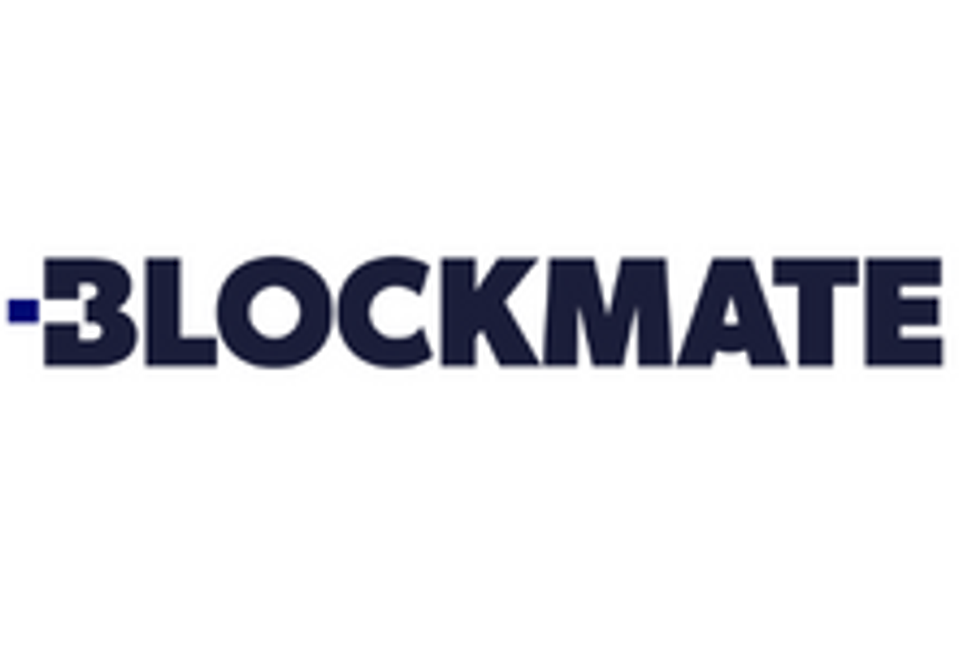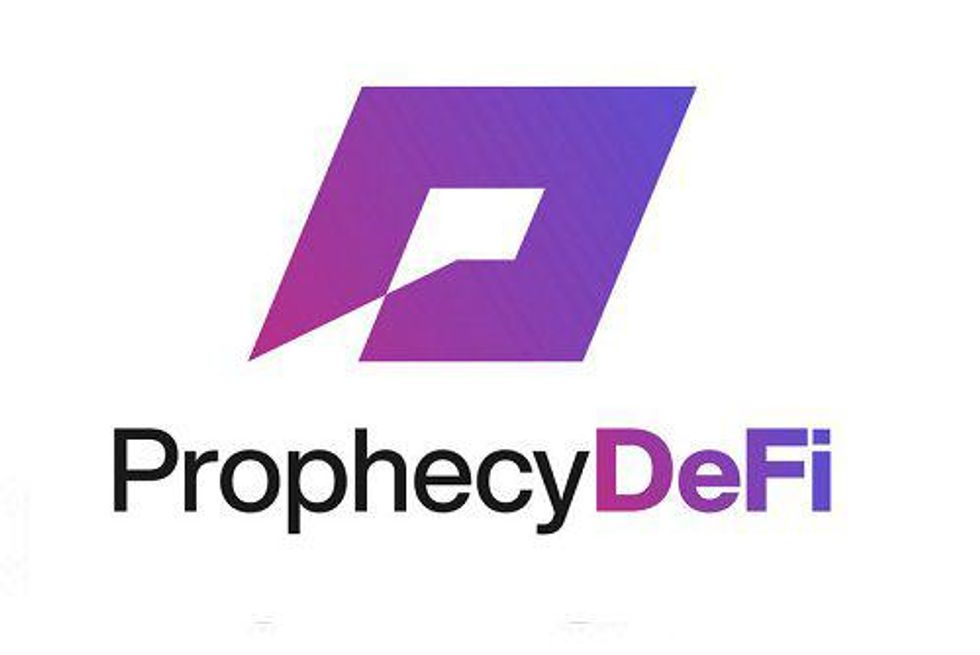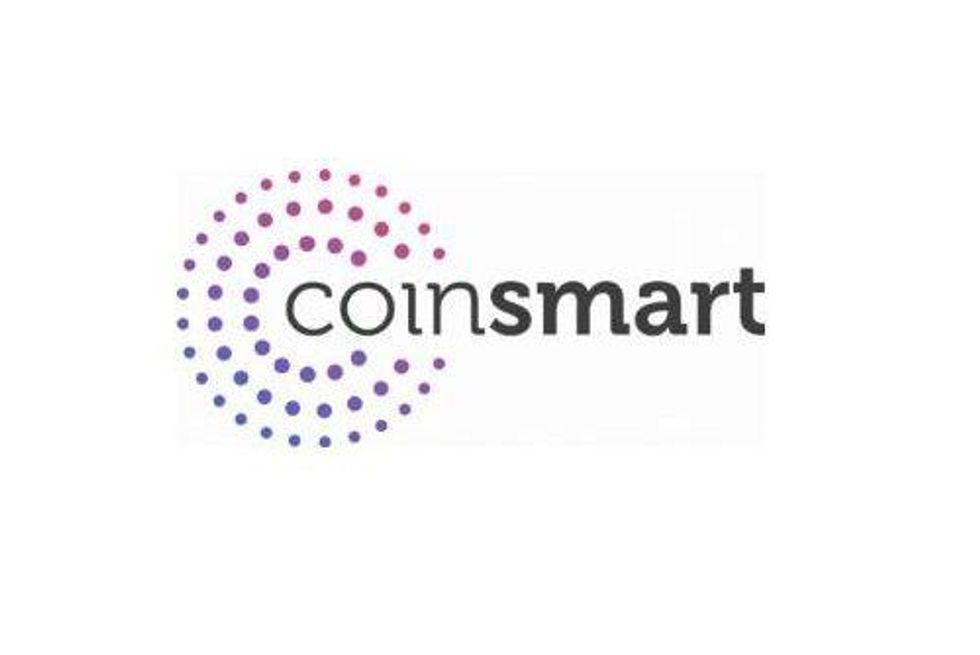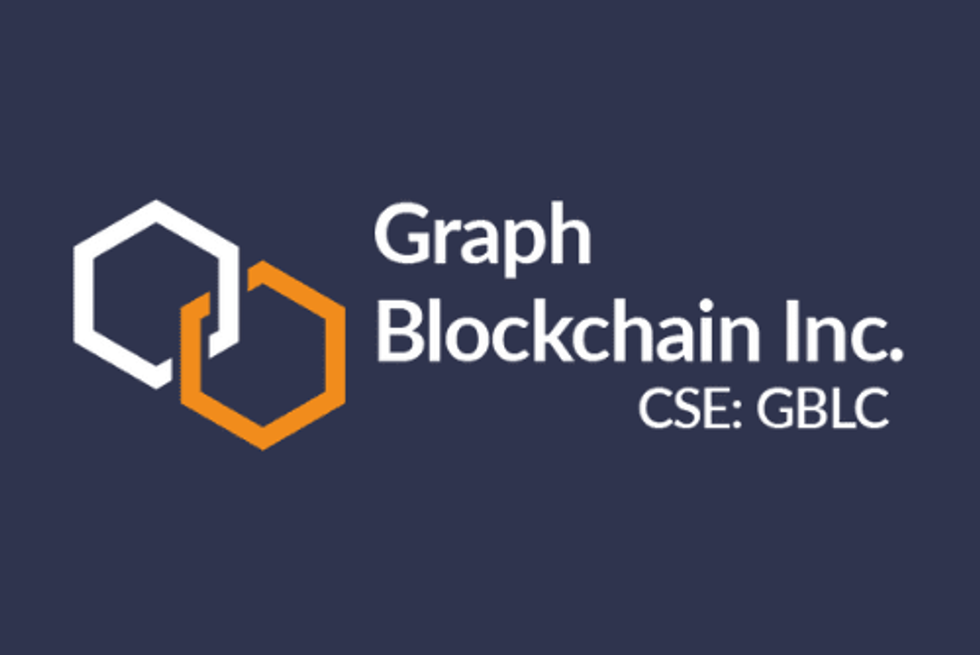Hut 8 Reports 19 Percent Increase In Operational Capacity

The INN speaks with Andrew Kiguel, CEO of Hut 8 Mining, about the company’s recent deals with Bitfury and the City of Medicine Hat.
On Monday (September 9), Hut 8 Mining (TSXV:HUT) announced that it purchased nine additional data centers from Bitfury for US$7 million.
This transaction, along with a deal secured with the city of Medicine Hat, has boosted the bitcoin mining company’s operational capacity by 19 percent. This comes as the price of bitcoin has shown a steady incline throughout 2019, with over 120 percent gains since January.
Similarly, over the last year, the Medicine Hat-based firm has returned over 53 percent to its shareholders. The bitcoin mining company was among the first to be publicly listed. In an industry in which several companies are operating at net losses, Hut 8 reported a net income of C$33.68 million in its second quarter earnings.
Despite bitcoin losing some of its luster after nearly US$20,000 in 2017, the industry is showing signs of renewed strength — this time driven by operational fundamentals. As bitcoin mining operations have grown more efficient and companies utilize renewable sources, the cost of mining has declined year-over-year. Interestingly, the decline took place despite an accelerated 40 percent increase in bitcoin mining hash rates.
A hash rate measures the computing power that is required for mining bitcoin. Since last year, the hash rate has jumped from 40 quintillion hashes per second to over 90 quintillion hashes per second.
Hut 8 has an inventory of close to 2,816 bitcoin and two facilities in Medicine Hat and Drumheller. In light of the company’s recent announcement, the Investing News Network (INN) spoke with Andrew Kiguel, CEO of Hut 8, to discuss the bitcoin market, mining capacity and the company’s characteristic partnership with the city of Medicine Hat.
The interview has been edited for clarity and brevity. Read on to find out what Kiguel had to say.
INN: Hut 8 recently acquired nine Blockbox ACTM data centers for US$7 million from Bitfury. Can you tell me more about this transaction?
AK: So prior to the formation of Hut 8, Bitfury had set up some operations in Drumheller, Alberta, which is also where we’re located. The actual initial transaction between Hut 8 and Bitfury was our acquisition of some of its existing boxes.
One of the difficulties today that a lot of companies have is there is a shortage of mining hardware equipment with the price of bitcoin back up. So we thought rather than us trying to find new sites, ordering equipment and going through those delays, why don’t we just acquire some of those assets and have Bitfury upgrade the chips to its latest technology.
INN: How will this increase in operational capacity impact your bottom line?
AK: There’s two transactions. We announced that one this week, which is a 13 percent increase. And we announced another one last week, where we got additional megawatts (MW) from the city of Medicine Hat. So between those two transactions, we’re increasing our capacity by about 19.5 percent.
So what that means is, in the bitcoin mining world, the difficulty level goes up and down all the time. But any scenario when we would be mining 19.5 percent more than what we would have been otherwise is good.
INN: Can you tell me more about this deal with the City of Medicine Hat?
AK: So this is quite unique. Most provinces in Canada, if you build a utility — unless you’re building it for yourself — you’re mandated to sell it back to the grid. Medicine Hat has an exception that goes back over 100 years, which allows them to not have to sell them back to the grid.
So what the city did to create more revenue was they built two 42 MW turbines capable of generating electricity, and they really just put them up to attract business, employment and create revenue. Aurora Cannabis (TSX:ACB), one of the largest cannabis companies in Canada, took one of the turbines and we took the other.
So the benefit of that for the city is that right we now we are the largest electricity consumer in the city. So that creates a lot of revenue for them, creates more employment and we add a bit of profile to the city. We’ve entered into a 10 year agreement, and we are about a year in, and so far it’s been a very good relationship with them. They’ve been very good to work with, and we have this dedicated power source.
INN: Hut 8 owns 100 percent of the Drumheller facility. How does this ownership structure impact your production costs for mining?
AK: We’re hoping for some economies of scale. Bitfury used to own a portion of it, and we owned a portion of it and we would share costs pro-rata. Now that we own the entire operation — once this upgrade completes about six to eight weeks from now — we’ll be able to do things, for example, try to apply and reduce property taxes, we’ll be able to go to try and renegotiate our lease rates. We’re just trying to maximize our hash rate; the more hash that we can put out, the greater our revenue.
INN: It seems as if the cost for mining bitcoin in general has gone down over the past quarter. How would you describe the current bitcoin market overall?
AK: It’s competitive. An analogy that I sometimes use is, for every time that there is a block reward in the blockchain world — which is every 10 minutes — there is a certain number of people who are trying to decrypt it to get that compensation, which is what verifies the blockchain.
The analogy is almost like a lottery ticket. Our hash power is no different than the hash power of any other miner in the world. Right now that competition is going up a lot. The overall hash rate is approaching 100,000 petahash, which is 100,000 quadrillion attempts per second to try to decode the bitcoin block. So it gets more competitive. And so the more people that are doing it, the less you get, but your costs are fixed. So naturally, in this environment, the cost of mining bitcoin would be increasing.
INN: In terms of Hut 8’s plans for the future, can you tell me more about what’s underway for the company?
AK: Number one, we want to continue to be mining as efficiently as possible. We’d like to be the largest bitcoin miner in the world. We’d like to continue to hold an inventory of bitcoin for appreciation.
We are a public company, and I think one of the things that makes us interesting to people is if you want to have exposure to bitcoin — but you don’t want to go through the process of opening a hot wallet and a cold wallet and wiring money offshore — we’re very easy way to have something liquid in your portfolio. So that was really why we started the company was to get people easier exposure to bitcoin.
We’ll continue to keep that portfolio of bitcoin. We’ll continue to try and grow the operations. We’re sitting on quite a lot of bitcoin so we get the option of growing our output internally. I think as a focus going forward, we’re trying to expand in areas that perhaps have renewable energy sources.
Right now in Medicine Hat there is a combination of natural gas and wind power, but primarily natural gas. And our other facility in Drumheller is off the grid, so that would be a combination of a number of different things, but primarily gas. And I think as we move forward, we’d like to explore things like hydropower and other renewable sources.
Don’t forget to follow us @INN_Technology for real-time news updates!
Securities Disclosure: I, Dorothy Neufeld, hold no direct investment interest in any company mentioned in this article.




